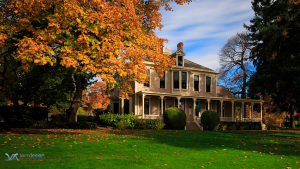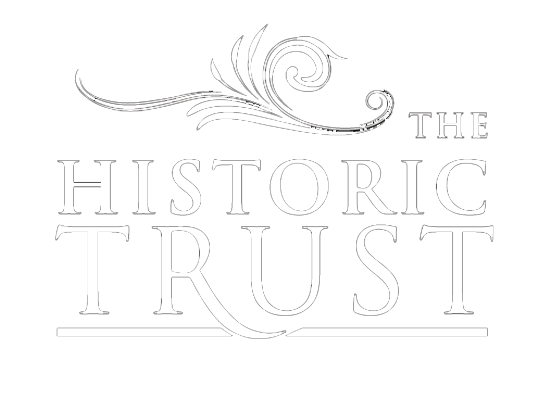Self-Guided Botanical Walking Tour of Officers Row and Environs
The Botanical Tour Map was produced in 2020 in part with funding from the City of Vancouver Lodging Tax Grant Program and with the assistance of the City of Vancouver Urban Forestry Program. The Historic Trust thanks the Lodging Tax Advisory Committee for its financial support, and the Urban Forestry Program for technical assistance.
Trees and other botanical features are signature landscape elements contributing to the experience of visiting and living and working at the 366-acre Vancouver National Historic Reserve (VNHR), created by an act of Congress in 1996. Landscape management at the VNHR is governed by design standards established in October, 2007 and utilized by all the Reserve partners. In addition to aesthetic considerations, the landscape is conceptualized within four design zones which represent different historic themes, and also take environmental, maintenance, and type of use issues into consideration. The design standards also address site furnishings, exhibits, signage, and lighting.
The Historic Period Themes are: Hudsons Bay Company Era (c. 1829 – 1860), Early U.S. Army Era (c. 1849-1899), Late U.S. Army Era (c. 1900-1948), and Modern Era/NPS Period (c. 1948-present). Each era has different plantings associated with it. For example, Officers Row, built between 1849 and 1906, is almost all encompassed within the Early U.S. Army Era. The landscaping incorporates native species and also those introduced by the Army in developing Vancouver Barracks. The plants ornamenting the buildings today near the foundations and porches such as arbor vitae and hydrangeas are reminiscent of the types of plants and the location of plantings installed by the Army. The historic allee of native big-leaf maples planted by the Army in the 1880s along both sides of what is now Evergreen Boulevard remains a significant feature of the VNHR, and is greatly enjoyed by those living at or passing through Officers Row.




